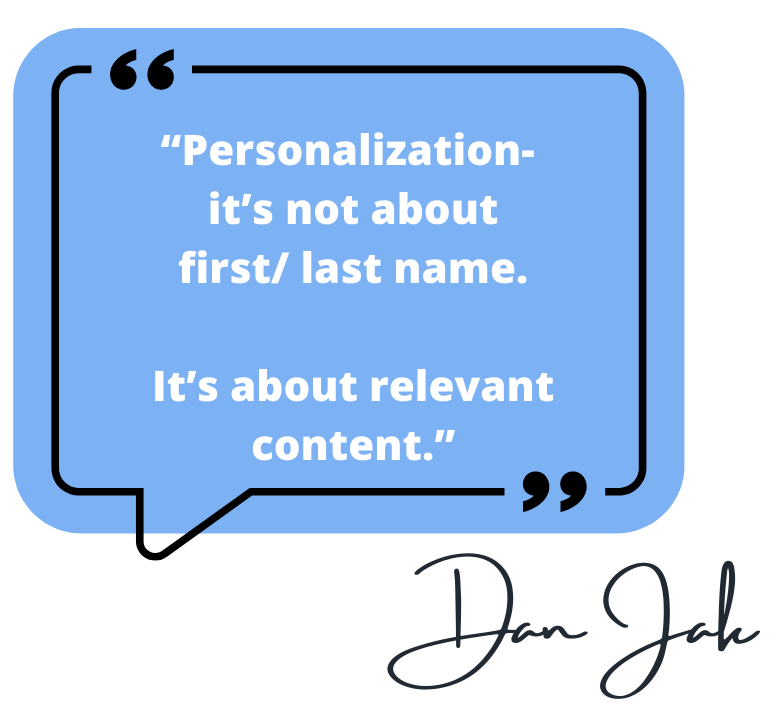Progressive Profiling takes your email personalization to the next level. Gone are the days when it was enough to just include your customer’s name in a mail-merge mail-out. Nowadays, recipients expect truly personalized emails that are worth their time.

By sending truly personalized emails, we get better responses from our clients. Multiple divided, focused mailing lists are much more beneficial than an extensive list of clients who never interact with our emails. One of the best ways to divide our mailing lists is to focus on progressive profiling. In order to do this, we need correct data for our clients, and we need to be clever about how we collect it.
What is Progressive Profiling?
Progressive profiling entails gathering useful and relevant information from our clients over time, almost like a natural flow of conversation. By getting to know them gradually, we build up a level of trust.
The most common way to collect consumer data is via signup forms. We often use them to generate leads, but by using progressive profiling, we can gather the information we need without bombarding them on signup. In order to prompt the recipient to sign up for our emails, we need to avoid long lists. Start by getting the most basic information, and we can look for more details later.
Here’s an example of what an initial sign-up form might look like:

By keeping it simple, we’re getting useful information from the customer, without overwhelming them with too many questions. It’s important to gather a contact for them (in this case, their email address) as well as asking them to opt-in to ensure that we comply with international email regulations such as GDPR.
Ok, so I’ve got the basic information. Now what?
Once you’ve got the most basic information, it’s now time to start delving deeper. We know that your recipients are interested in your company and you already have their name and email address, so if you have something else to offer them, for example, a free ebook, you can now ask them for some more details, such as:
- Job title
- Job level at company
- Company website
- How many employees at the company
The important thing is to gather the information slowly, without saturating your recipient with too many questions at once. It’s better to get a little bit of information at a time than to turn them away by asking for too much at once.
If you have cookies enabled on your website, you can automatically request follow-up information after subsequent visits. However, even without cookies, you can still request the follow-up information as long as you have their email address.
Remember, the more information we have, the more accurately we can target our recipients, and the better our marketing will work for us!






